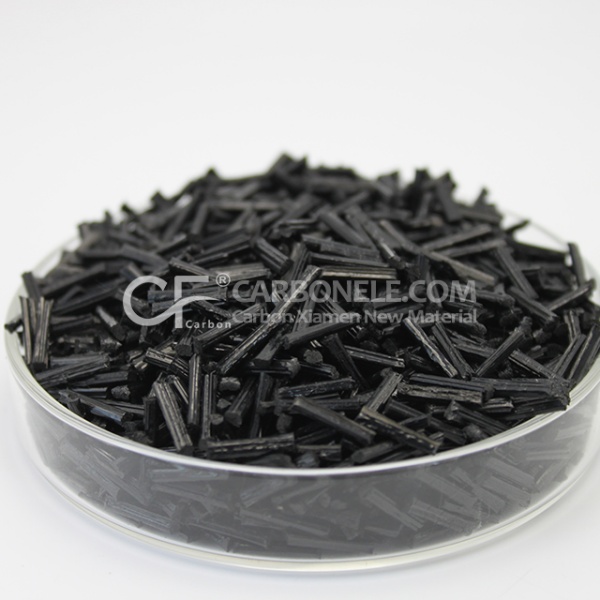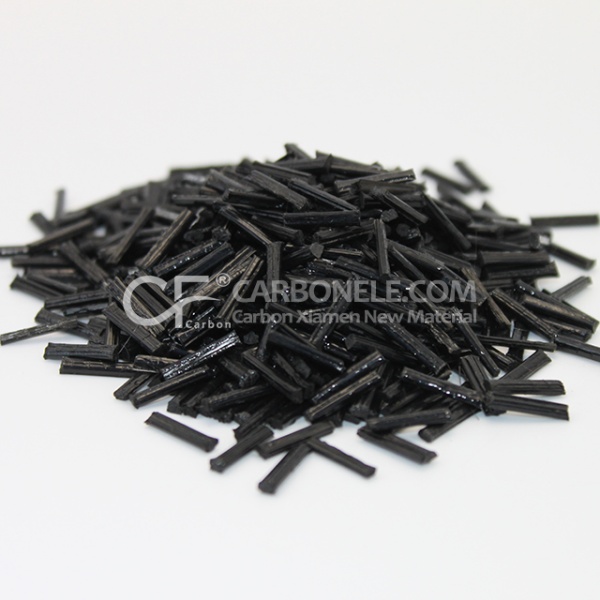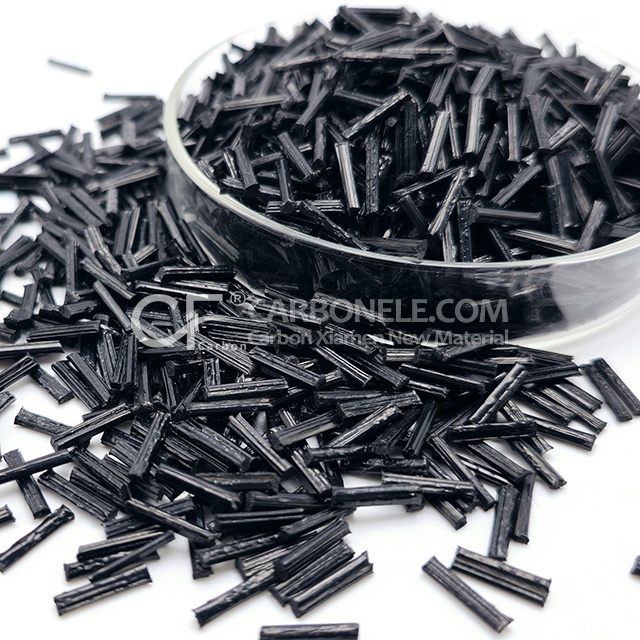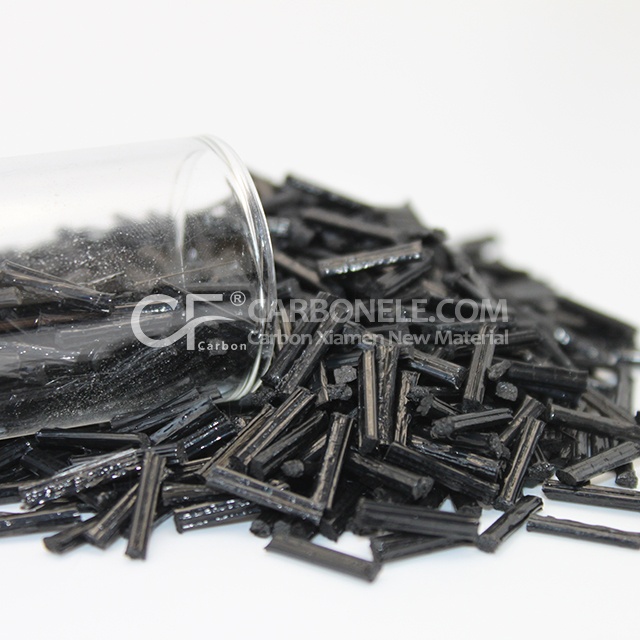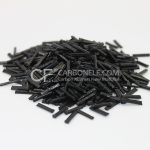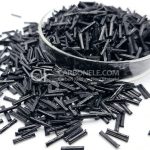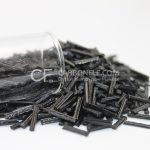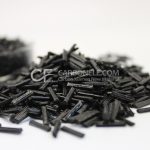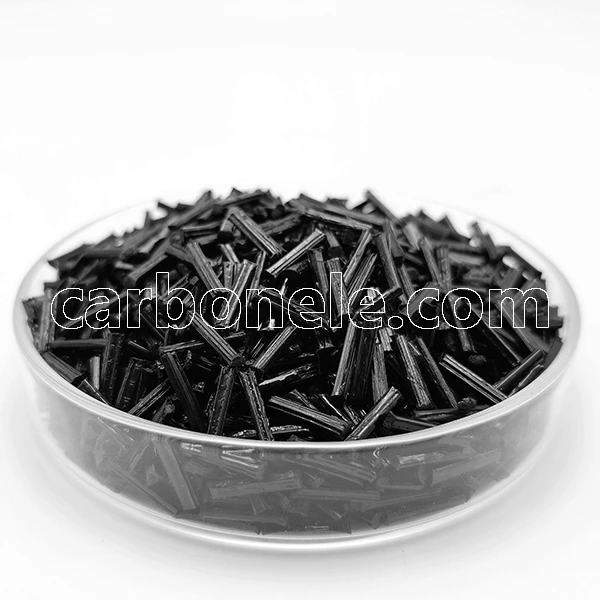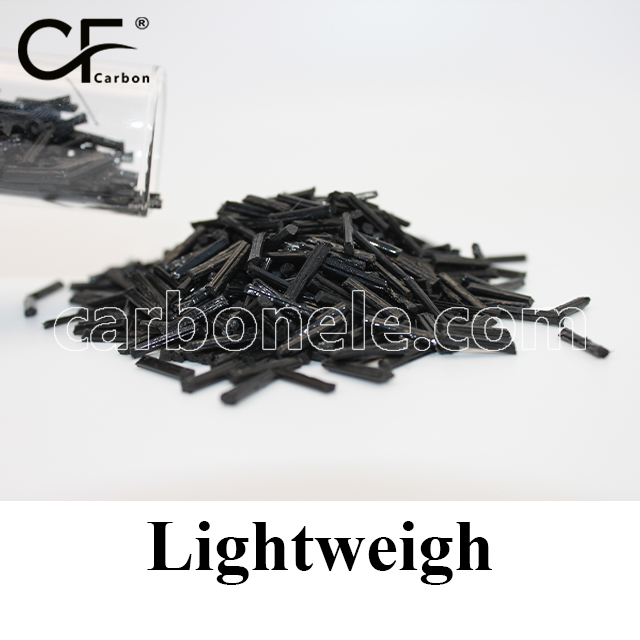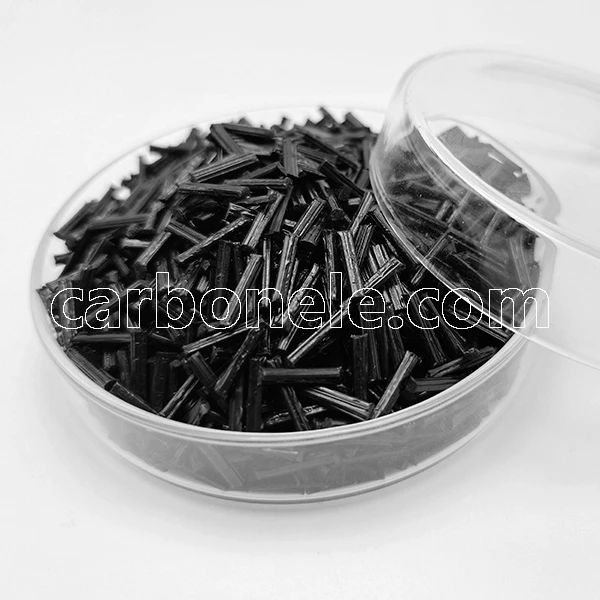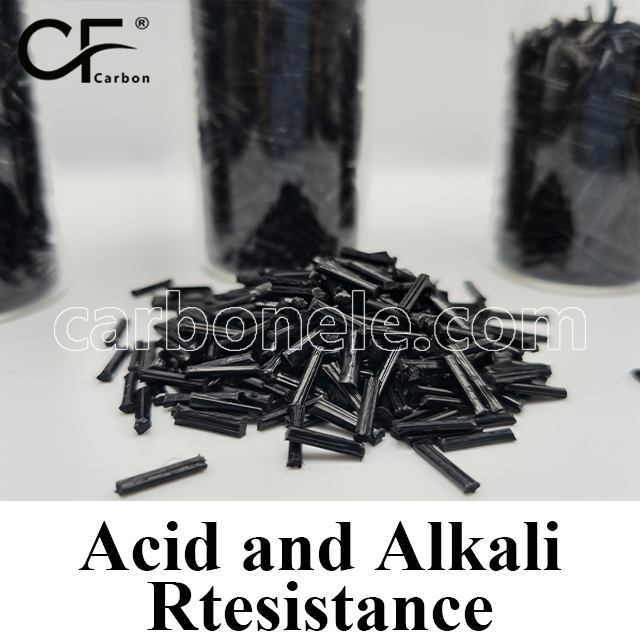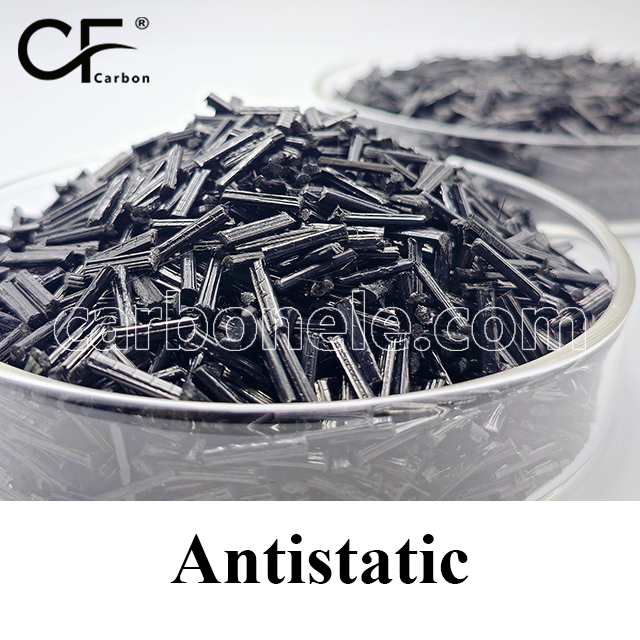
PPS-LCF10 Superior 10% CF for Chemical Equipment
PPS-LCF10 is a high-performance thermoplastic composite with 10% carbon fiber, delivering superior strength, chemical resistance, and thermal stability for demanding chemical equipment applications. Ideal for pumps, valves, and structural parts, PPS-LCF10 ensures long-term reliability and precise performance even in harsh environments. With its lightweight structure, high stiffness, and compatibility with complex designs, PPS-LCF10 offers manufacturers a durable and efficient solution that reduces maintenance costs while improving operational efficiency.
- Model number: PPS-LCF-BCA1
- Matrix Resin: Polyphenylene Sulfide (PPS)
- Reinforcing Filler: Carbon fiber
- Appearance: Granules
- Grade: Injection/extrusion grade
- Packaging: 25kgs/bag
PPS-LCF10 Superior 10% CF for Chemical Equipment
Introduction to PPS-LCF10
PPS-LCF10 is a high-performance thermoplastic composite reinforced with 10 percent carbon fiber. It is specifically engineered to provide excellent strength, dimensional stability, and resistance to both heat and chemicals. These properties make PPS-LCF10 an outstanding choice for components in chemical equipment, where durability and safety are paramount.
In chemical processing environments, materials are often exposed to aggressive solvents, high temperatures, and constant mechanical stress. PPS-LCF10 addresses these challenges by combining the structural strength of carbon fiber with the inherent chemical resistance of polyphenylene sulfide. This results in components that can maintain integrity and precision even under demanding operating conditions.
Why PPS-LCF10 is Ideal for Chemical Equipment
Chemical equipment requires materials that can handle both mechanical loads and corrosive environments. PPS-LCF10 meets these requirements while also offering manufacturing flexibility for complex part designs.
High Chemical Resistance
PPS-LCF10 is resistant to a wide range of industrial chemicals, including acids, bases, and organic solvents. This ensures that components made from PPS-LCF10 can withstand continuous exposure without losing their performance or structural properties.
Exceptional Thermal Stability
Chemical equipment often operates under elevated temperatures. PPS-LCF10 retains its mechanical strength and shape stability across a broad temperature range, ensuring consistent performance during thermal cycling.
Enhanced Mechanical Strength
The carbon fiber reinforcement in PPS-LCF10 increases stiffness and tensile strength, allowing components to bear heavy loads without warping or cracking. This is particularly important for structural parts in chemical processing systems.
Application Example – Pump Components in Chemical Processing
One practical application of PPS-LCF10 is in manufacturing pump components for chemical plants. Pumps used in these settings must resist both the corrosive action of process fluids and the mechanical wear caused by continuous operation. PPS-LCF10 is perfectly suited for pump housings, impellers, and bearing supports.
Long-Term Reliability
By using PPS-LCF10, pump components can deliver years of reliable service without frequent replacements. This reduces downtime and maintenance costs, improving the overall efficiency of chemical operations.
Lightweight and Precise
PPS-LCF10 components are lighter than their metal counterparts while maintaining precise dimensions. This weight reduction can help improve energy efficiency in chemical processing systems.
Benefits of PPS-LCF10 for Manufacturers
Manufacturers choosing PPS-LCF10 for chemical equipment parts gain significant advantages:
-
Extended Component Life: Superior resistance to wear and chemical degradation.
-
Design Flexibility: Suitable for complex shapes and fine details in molded parts.
-
Consistency Under Stress: Maintains form and function under high loads and fluctuating conditions.
-
Reduced System Weight: Easier installation and improved operational efficiency.
Compatibility with Modern Production Methods
PPS-LCF10 can be processed with standard injection molding equipment, enabling cost-effective production while achieving tight tolerances. This ensures that chemical equipment parts made from PPS-LCF10 integrate seamlessly into existing assemblies.
Summary
PPS-LCF10 offers a unique combination of mechanical strength, thermal stability, and chemical resistance, making it a superior choice for components in chemical equipment. Whether used in pumps, valves, or structural supports, PPS-LCF10 delivers consistent and reliable performance under challenging industrial conditions.
By integrating PPS-LCF10 into your chemical equipment designs, you not only enhance the durability and efficiency of your products but also reduce long-term maintenance costs. This material is more than a solution—it is a strategic advantage for manufacturers seeking to excel in demanding chemical processing environments.
Friction coefficient of PPS-CF
The friction coefficient of PPS (Polyphenylene Sulfide) typically ranges from 0.3 to 0.45, while PPS-CF (Carbon Fiber Reinforced Polyphenylene Sulfide) has a lower coefficient, generally between 0.2 and 0.35. The addition of carbon fiber improves hardness, wear resistance, and reduces friction, making PPS-CF more suitable for high-load, high-temperature, and high-friction applications.
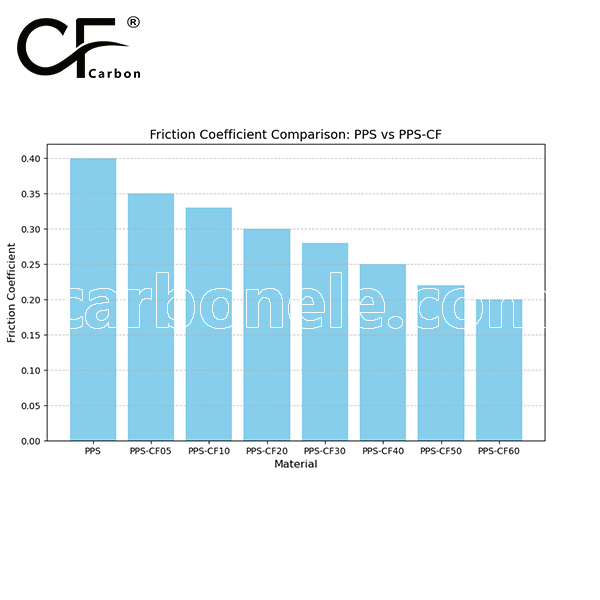
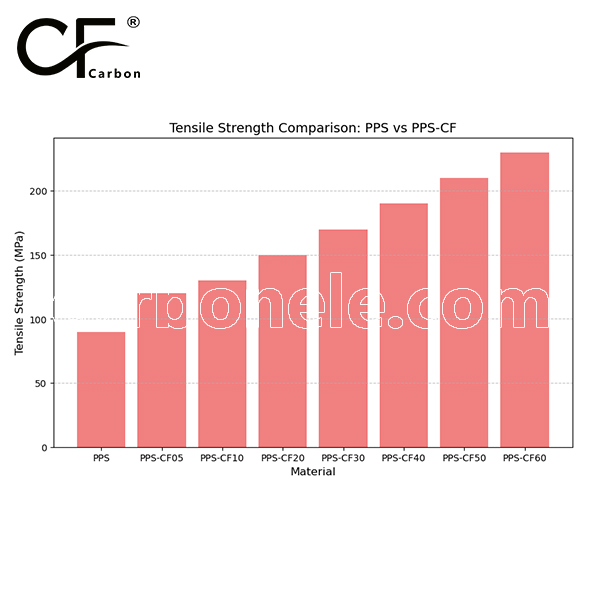

Frequently Asked Questions
Carbon (Xiamen) New Material Co., Ltd. aims to provide buyers with "one-stop" worry-free high-quality services. Here you can find all information about carbon fiber engineering plastics. If you still have questions, please send us an email for consultation!
-
How can I contact the manufacturer of a product that interests me?
When you find a product you are interested in, you can contact the manufacturer directly by sending an email and we will get back to you as soon as possible.
-
How do I find the products that interest me?
All you need to do is enter the keyword, product name in the search window and press the Enter key on your keyboard. Your search results page will then be displayed. You can also search within the product category pages on the home page. Each category is divided into subcategories, allowing you to refine your search and find products that interest you.
-
Where will I find a buying guide?
Please contact our after-sales service directly and we will provide you with a comprehensive operating guide.
-
What are CF Reinforced Thermoplastic Composites?
CF Reinforced Thermoplastic Composites are materials where carbon fibers are incorporated into a thermoplastic matrix. They combine the strength and stiffness of carbon fibers with the processability and recyclability of thermoplastics. For instance, they are used in automotive parts like bumper beams.
-
What are the benefits of CF Reinforced Thermoplastic Composites over traditional composites?
The key benefits include faster production cycles, easier recyclability, and better impact resistance. They also offer design flexibility. An example is in the manufacturing of consumer electronics casings where complex shapes can be achieved more easily.
-
How are CF Reinforced Thermoplastic Composites processed?
Common processing methods include injection molding, extrusion, and compression molding. Injection molding is widely used for mass production. For example, in the production of small components for the medical industry.
-
What industries use CF Reinforced Thermoplastic Composites?
They are utilized in aerospace, automotive, medical, and sports equipment industries. In aerospace, they can be found in interior components. In the medical field, they might be used in prosthetics.
-
How does the carbon fiber content affect the properties of the composites?
Higher carbon fiber content generally leads to increased strength and stiffness but may reduce ductility. A moderate content is often balanced for specific applications. For example, a higher content might be preferred in structural parts of a race car.
-
What are the challenges in using CF Reinforced Thermoplastic Composites?
Challenges include higher material costs, complex processing equipment requirements, and ensuring uniform fiber dispersion. Issues with adhesion between the fibers and the matrix can also arise. An example is in achieving consistent quality in large-scale production.







